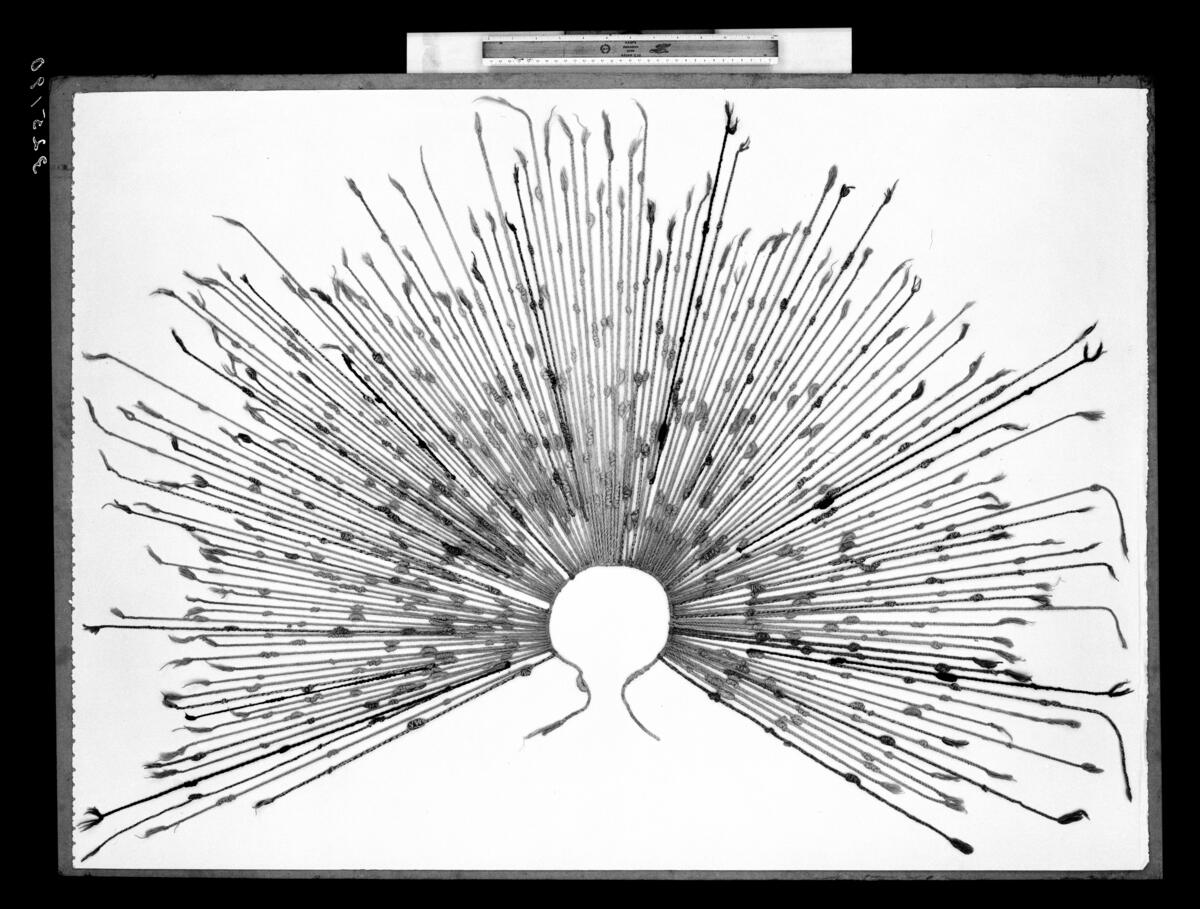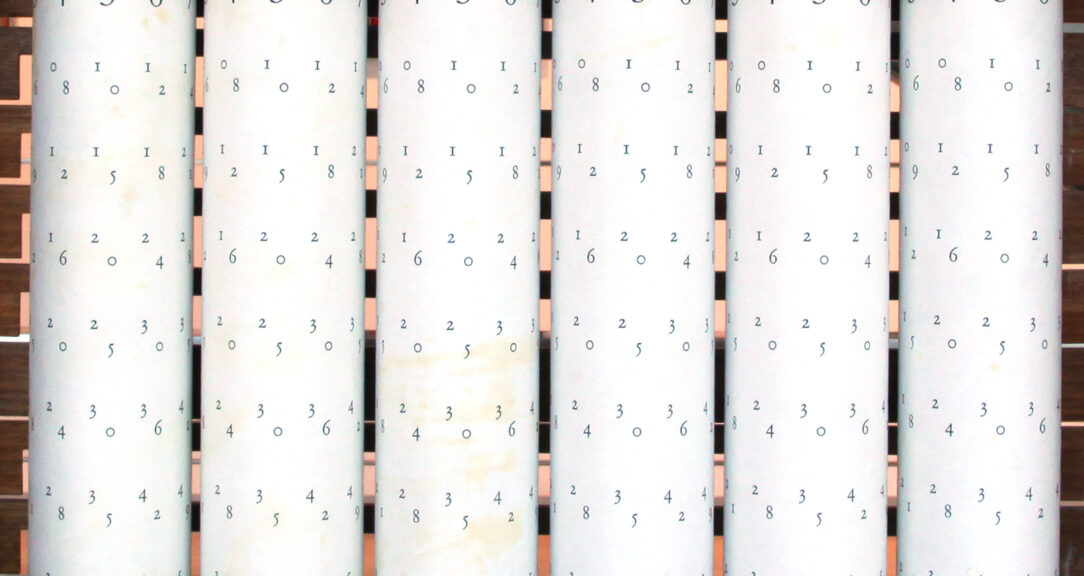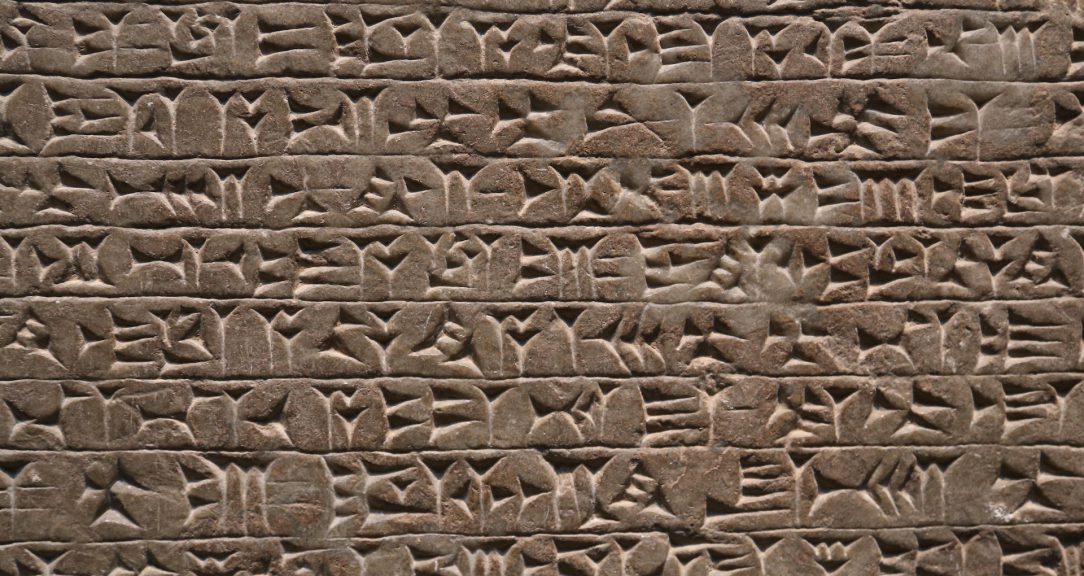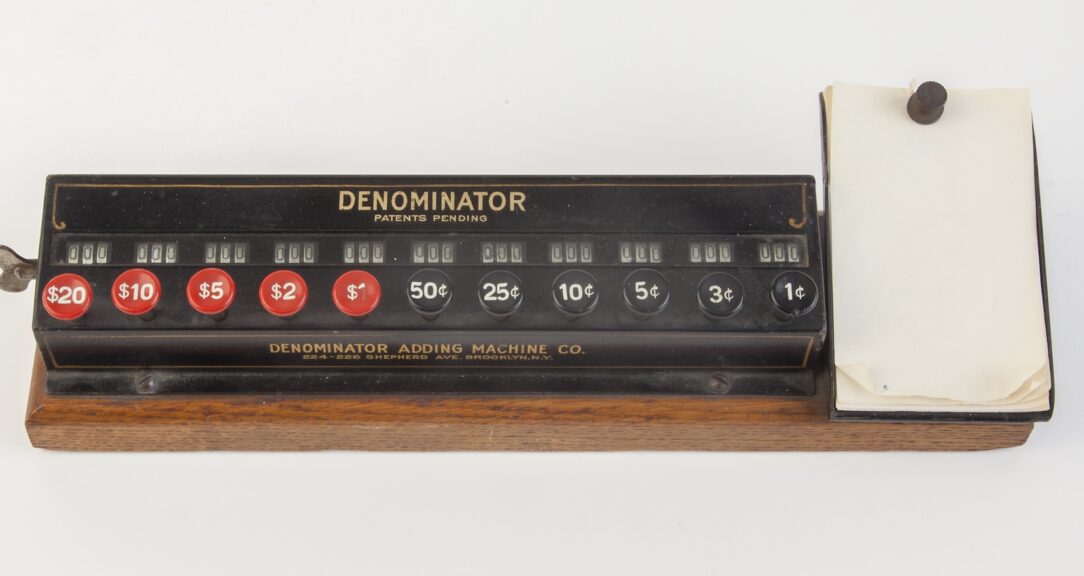Upon first glance, the collection of knots and strings pictured above might appear a little messy, like someone’s first attempt at macrame.
But the knot patterns in these cords actually tell stories of the inner workings of the Inka Empire and its complex accounting system. Some khipu (sometimes written as quipu) are essentially ancient spreadsheets, used to meticulously track taxes and accounts. You can think of such a khipu as a worksheet and each cord akin to a cell, with the knots tied onto the cord representing individual pieces of data.
As Spanish colonizers started to cross the Andes in 1532, they noted the many ways that khipu were used by Indigenous people. According to Spanish records, khipu were used to track things such as census data, storehouse inventory and tribute payments — labor performed for the Inka Empire. In addition to numerical data, some Spanish chroniclers claimed that khipu were even used to record the songs and histories of Andean peoples.
Knowledge of how to read, create and modify khipu was held only by “khipukamayuqs” (khipu keepers or knot keepers). Some Spanish colonial sources claim that khipukamayuqs-in-training would spend two years learning the khipu technology. For many centuries, the knowledge of how to read khipu eluded scholars.
Almost 1,400 Inka khipu are believed to have survived to the modern day — a small fraction of what would have been created throughout the Inka Empire, since the materials used, usually cotton and/or camelid wool, are biodegradable. Scholars have decoded many of the extant khipu, but there are still more hidden stories to be teased out.

Taking stock and paying tax
The history of khipu can be traced back more than 1,400 years. Radiocarbon dating of several khipu has revealed that pre-Inka societies, such as the Wari in what is now modern-day Peru, also used them. More recent anthropological work by scholars such as Frank Salomon has demonstrated that khipu are still being used today in places like Tupicocha, in Peru’s central Huarochirí region, though perhaps not in the exact same manner they were used 600 years ago.
From about 1400 to 1532 CE, the Inka Empire was the largest civilization in the Western Hemisphere. Khipu served as a way for the empire to track the huge amount of both people and things it accumulated under its domain, which at its height stretched from the southwesternmost tip of present day Colombia to central Chile. The Inka had mastered more than just accounting before the colonizers’ arrival: The Inka had terrace farming and irrigation, knowledge of astronomy, a road system that stretched over 40,000 km (25,000 miles), and intricate stone architecture, as seen at Machu Picchu.
Spanish records described Inka khipu as being knotted using a base-10 number system, as we use in accounting today. Starting in the 1920s, modern khipu scholars have verified this claim for many of the Inka khipu found in the archaeological record. Knots appear on the cords at different levels, with each level corresponding to a different place value — ones, tens, hundreds, thousands. With this knowledge, modern scholars can “read” the numerical values stored within the knots of these cords.
By looking for patterns within these numerical values, scholars have been able to gain valuable insights into Inka accounting and recordkeeping methods. For example, Marcia Ascher and Robert Ascher, who studied over 200 khipu, found evidence of complex mathematical functions, including addition, subtraction, multiplication and division of both integers and fractions.
The khipu pictured here — which actually is made of two khipu tied together — was recovered along with 32 other khipu by Alejandro Chu, of the Universidad Nacional Mayor de San Marcos in Lima, and his team at the archaeological site of Inkawasi in Peru, during their 2013-14 field season. Since then, an additional 23 khipu have been found at Inkawasi. The site of Inkawasi served as both a military command post and storage facility for the Inka empire, built to aid the Inka in their military expansion along the southern coast.
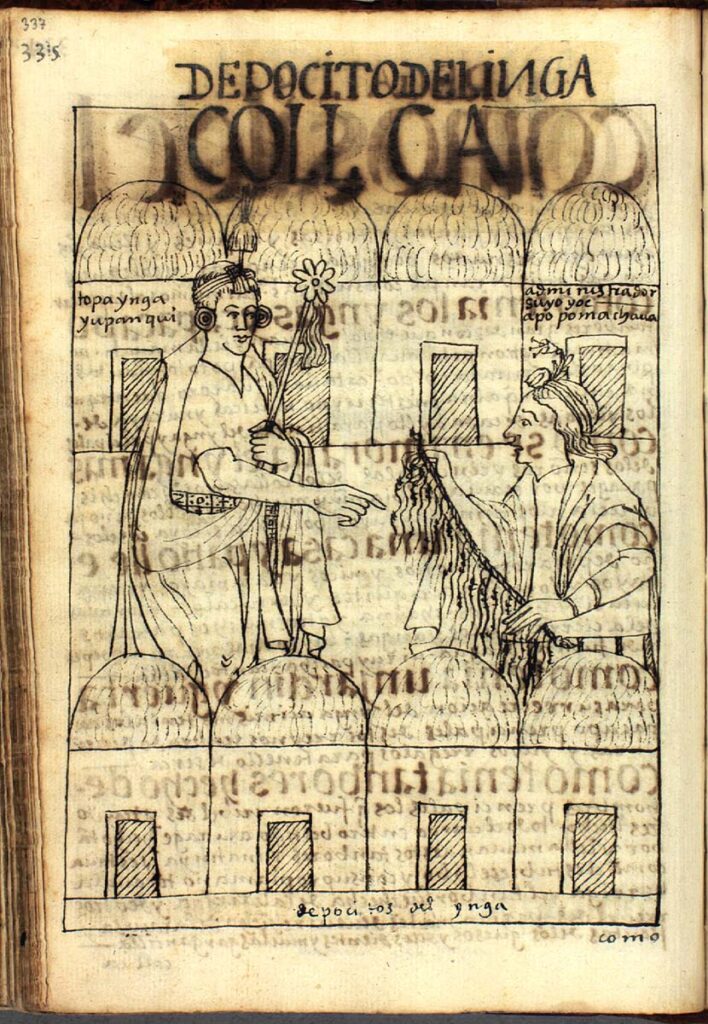
Spanish chroniclers such as Felipe Guaman Poma de Ayala wrote about the use of khipu at Inka storage facilities. Famous for his visual and written depictions of the Inka world, Guaman Poma illustrates in one drawing a khipukamayuq holding a khipu while surrounded by storerooms, presumably in charge of keeping track of the items inside. One of the earliest known Spanish accounts of khipu, witten by Hernando Pizarro in 1533, brother of the infamous conquistador Francisco Pizarro, describes khipukamayuqs using khipu to track the ever-changing contents of an Inka storehouse that the Spanish were taking goods from.
This specific khipu from Inkawasi is believed to have served at least three functions: tracking stock, tracking taxes taken from the items in stock, and as a way for separate accountants to verify that data, which they would have each recorded in their own khipu.
Archaeobotanical remains from storage facilities at Inkawasi indicate that items such as maize (corn), black beans, chili peppers, lucuma, and a mix of marine animals (fish, mollusk, and shrimp) were present at various points. The khipu discussed here was found inside a basket covered with chili peppers. Gary Urton and Alejandro Chu hypothesized that this khipu recorded how many chili peppers were being stored in that part of the facility.
Urton and Chu noted a set of fixed values that frequently appeared and were repeated throughout these khipu. They believe that these fixed values represent a small amount of the goods that were removed as a form of tax. From the fixed values found on the Inkawasi khipu discussed here, it is believed that either 10 or 15 units of chili peppers were taken from each deposited portion.
And there is evidence of checks and balances between khipukamayuq accountants. A set of two other khipu tied together were found in a separate location at Inkawasi. These two khipu appear to record nearly identical data to the two khipu pictured here. Urton and Chu argue that these two sets of khipu were a way for the Inka accountants and supervisors to double-check the accuracy of their recordkeeping.
More than just numbers?
Spanish colonial records report that some khipu were used to encode more than just numerical information — things like songs and histories. With only around half of known Inka khipu having been thoroughly studied by scholars, it’s quite possible that these colonial claims have merit. For this reason, researchers have become increasingly interested in the decipherment of non-numerical signs encoded within Inka khipu, which may help give the knotted numbers more layers of meaning.
New areas of study include the interpretation of the different colors and combinations of colors used to make cords, the examination of the different fiber types used in khipu construction, and the identification of other ways khipu may encode data, such as through the types of knots or the manner by which one cord is attached to another.
My own research has been focused on investigating these non-numerical signs by more closely examining the operational sequence of Inka khipu. This means studying the life cycle of Inka khipu, from construction to when they are discarded. We should think about khipu as living objects that were manipulated and actively used rather than simply static artifacts. From small details surrounding the uselives of khipu, we can begin to draw a better understanding of how meaning was actively encoded within them.
Deciphering these non-numerical signs is slow work, but, alongside the knotted numbers scholars can already read, future work will only further our understanding of Inka and Andean history more broadly.
Read more
Sign up to keep up to date with ReThink Q.
